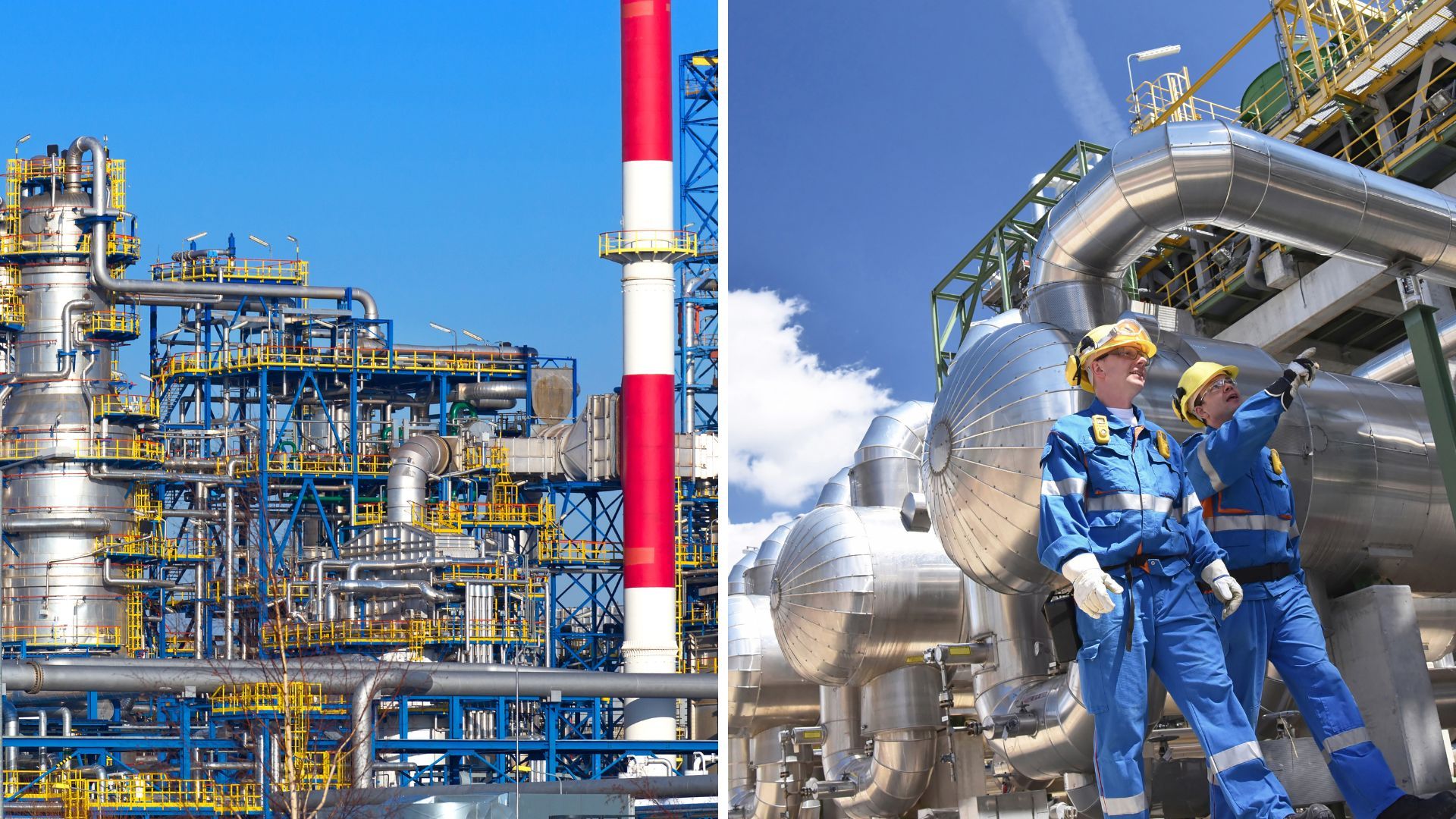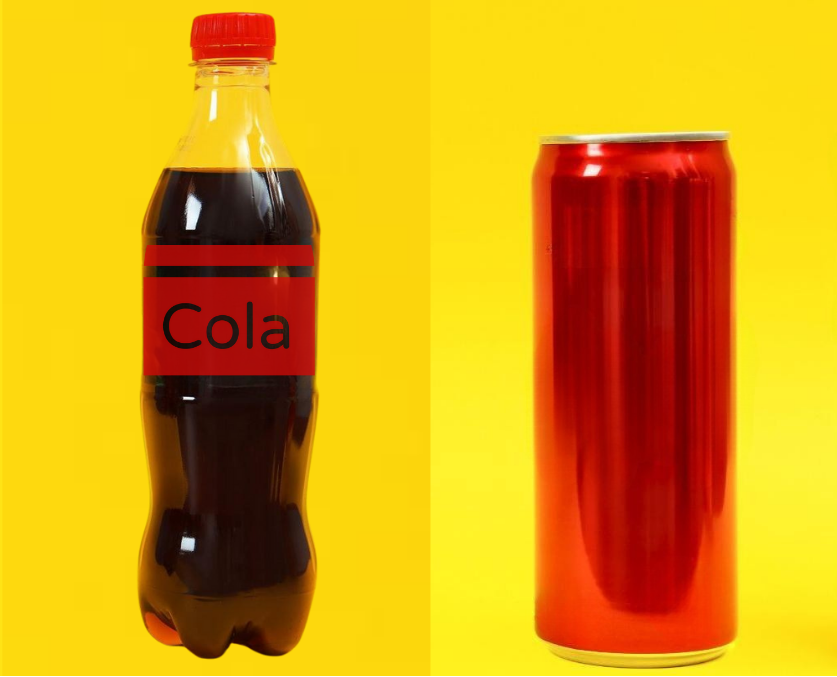
U.S. Tariffs on Steel and Aluminum: Potential Impact on the Global PET Industry?
As a key player in the global economy, the U.S.’s trade policies can influence international markets, with implications for various sectors, including oil, gas, plastics, and packaging. While it is too early to fully assess the long-term effects, the implementation of these tariffs may lead to shifts within the supply chain that could affect the PET industry.
Impact on the Oil and Gas Industry
Steel and aluminum are integral to the oil and gas sector, where they are used in manufacturing pipelines, drilling equipment, and storage tanks. Given the key role these materials play in the sector’s infrastructure, the tariffs on steel and aluminum may result in increased production costs. While this is a concern for the industry, it remains unclear how significant the long-term effect will be on the overall oil and gas market.
Oil and Gas's Role in Plastics Production
PET production, like that of many other plastics, relies heavily on oil and gas-derived raw materials, such as ethane and propane, which are used in the production of ethylene and propylene. A rise in costs associated with oil and gas extraction could have a cascading effect on raw material prices for the plastics industry, which may, in turn, influence the production costs of PET. However, the extent to which this will affect PET production remains uncertain, as various market factors and trade dynamics could shape the outcome.
Potential Ripple Effects
- Increased tariffs → Possible rise in infrastructure costs for the oil and gas industry
- Higher raw material prices → Potential increase in costs for PET production
- Cost pressure → Possible effects on PET pricing and supply
Why U.S. Tariffs Matter to the Global PET Market
As a major global economy, U.S. trade policies are closely monitored, given their potential to influence markets worldwide. The U.S. imports substantial quantities of key raw materials, including steel, aluminum, and petrochemicals, and any shifts in trade policies could have a ripple effect on industries like oil, gas, plastics, and packaging. If raw material costs increase, there could be upward pressure on the production costs of PET, but the overall market response will depend on how other factors, such as demand fluctuations and alternative supply sources, evolve.
A Potential Shift in Packaging Preferences?
One possible effect of the tariffs could be a shift in beverage packaging preferences. Beverage bottlers, who typically purchase aluminum for cans, may consider alternatives like PET bottles if aluminum prices rise significantly. Notably, many bottling companies have flexible production lines that can accommodate both aluminum cans and PET bottles, enabling them to adjust packaging choices based on material cost dynamics.
While this shift could potentially increase demand for PET resin, the exact extent of this transition depends on multiple factors, including the magnitude of the tariff impact on aluminum prices and the overall market response. The beverage packaging market, which has already seen significant use of PET bottles, could see changes in packaging strategies, but these decisions will largely depend on the cost-benefit analysis conducted by individual bottlers.
Market Outlook and Considerations
Given the complexities of global trade and the interconnectedness of various industries, it is difficult to predict the full extent of the effects these tariffs will have on the PET industry. While the tariffs may result in higher costs for certain raw materials, it is important to consider the broader context, including fluctuations in global supply chains, economic conditions, and the potential for industry adaptations.
From an environmental perspective, a shift toward PET bottles could offer some advantages, given the material's higher recycling efficiency compared to aluminum. However, it is also important to note that increased demand for PET could pose challenges for recycling systems, especially in regions already facing difficulties with plastic waste management.
Conclusion
The U.S. tariffs on steel and aluminum introduce potential changes for the global PET industry, with some risks to production costs and supply chain dynamics. While the tariffs could lead to increased raw material prices, it remains uncertain how the market will respond, especially given the multitude of factors at play.
As industries navigate these changes, it is important for companies in the PET sector to monitor the evolving situation closely and adapt strategies as needed. The long-term impact on the PET industry will ultimately depend on how trade policies, market trends, and global supply chains continue to evolve.
References
1. Oilprice. (2025, March 12). Drillers brace for fallout from steel, aluminum tariffs. Retrieved from https://oilprice.com/Energy/Energy-General/Drillers-Brace-for-Fallout-from-Steel-Aluminum-Tariffs.html
2. CNN. (2025, March 2). Coca-Cola faces rising costs from aluminum tariffs. Retrieved from https://www.cnn.com/2025/03/02/business/coke-aluminum-cans-tariffs/index.html



